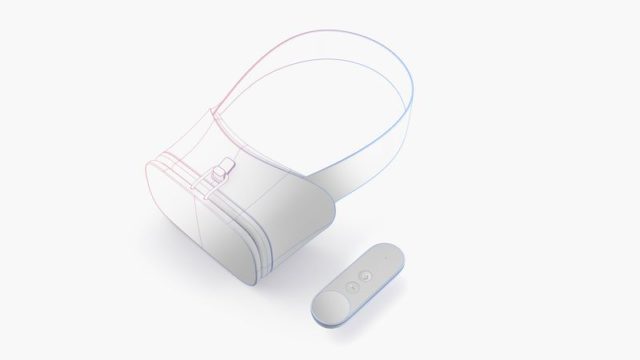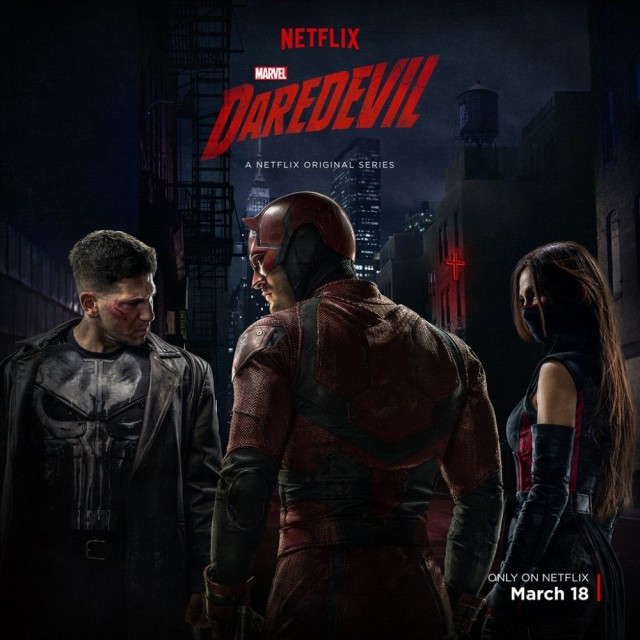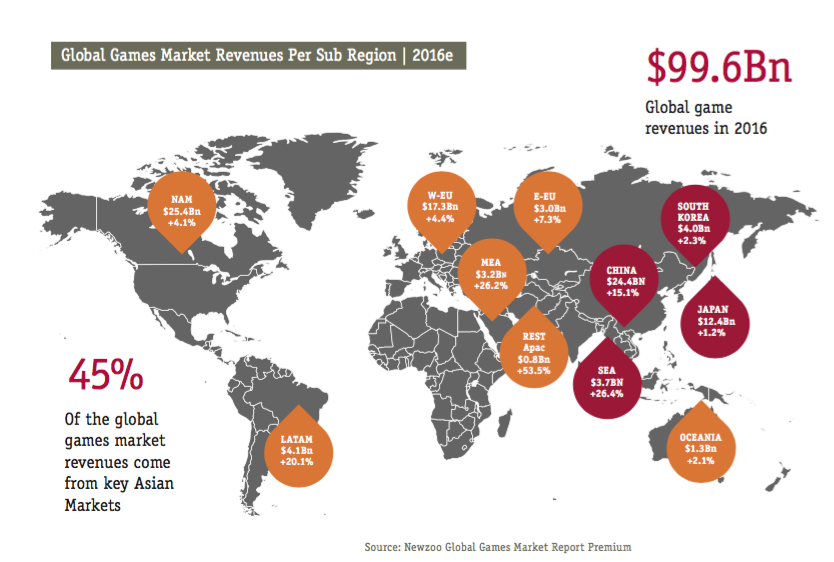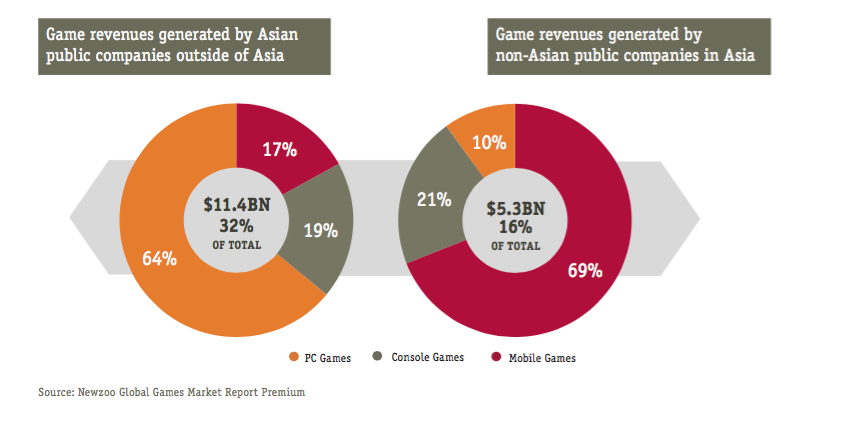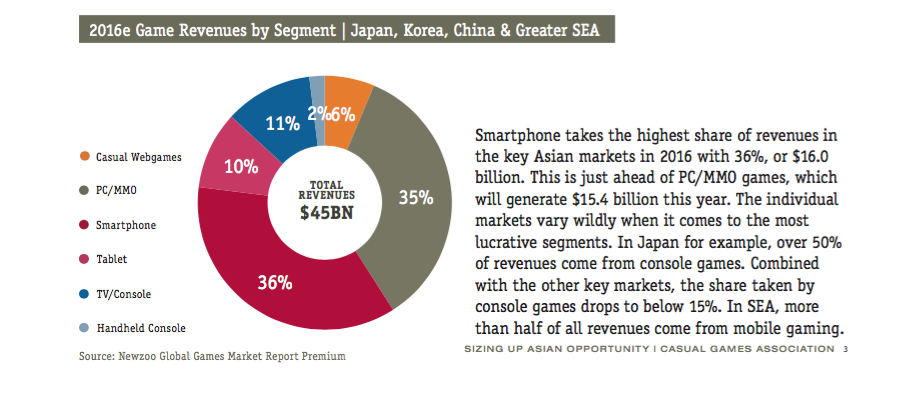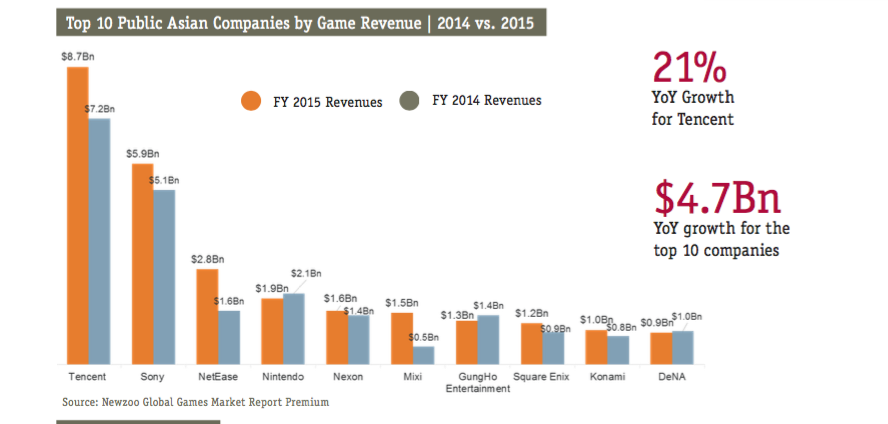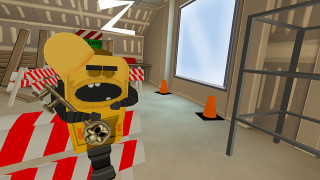Hollywood studio Skydance Media has blockbuster films such as Star Trek Beyond hitting July 22, 2016, Jack Reacher: Never Go Back debuting October 21, 2016, and Geostorm premiering on January 13, 2017. Now that company also owns video game developer, The Workshop, which has been renamed Skydance Interactive.
The Workshop was launched in 2008 by Treyarch co-founder Peter Akemann and other original members of Treyarch, including Chris Busse (general manager) and Charles Tolman (CTO). Activision acquired Treyarch in 2001, which most recently shipped Call of Duty: Black Ops 3. The Workshop has over 50 employees at its Marina del Rey, CA studio and has shipped Sorcery for PS3, the Mr. Torgue’s Campaign of Carnage add-on for Borderlands 2 and Rekoil: Liberator for Xbox 360, The Evil Within, and Brothers: A Tale of Two Sons for PS4 and Xbox One.
Akemann, who is now CEO of Skydance Interactive, said the studio is working on multiple new projects, including unannounced virtual reality and traditional games, and the first VR project is expected to be announced soon. He talks about this new Hollywood partnership and what it means for virtual reality in this exclusive interview.
How have you seen video games evolve in your work?
I’ve been fortunate that my own history of gaming has allowed me to be present for a lot of revolutions. At Treyarch, we were working on Die by the Sword, which was 3D before 3D gaming was established. I entered games when 3D was being invented. We saw Virtual Fighter at CES in 1994, and we saw the future of games could be done in 3D.
The opportunities to break into new areas of technology have driven my interest to get into games in the first place. We were part of the 3D revolution with Spider-Man 2, which was an early console open world game.
How does your background in gaming help with the transition to virtual reality experiences?
The Workshop worked with Sony on Sorcery, which was one of the most advanced motion control technology games at the time. That experience has helped us with virtual reality, but we’re seeing with VR a transformative way of interacting that’s much more than the game business. It has the power to fundamentally reshape the future of interactive entertainment.
Although games will be the early vanguard of VR, we’re already seeing a far broader reach across social and industrial and educational uses. It’s a transformational technology.
What does virtual reality open up for video game storytelling?
The narrative possibilities of VR, although they completely challenge the way it’s been presented in the past, enable the player to engage in a more complete way than ever before. The writers, technologists, and artists have to rethink their disciplines. There’s a lot to be done there. The level of immersion, the presence in VR, creates a connection that’s closer and more complete than anything ever done in the past. Characters can interact in a natural and more immediate way. If done well, you genuinely forget you’re there. VR will shape narrative and storytelling in the future. As storytellers see and begin to better understand this power, the transformative experiences that they create will be unsettling.
What are your thoughts on the convergence potential virtual reality opens up as Hollywood seeks interactivity and gaming continues to delve into storytelling?
I’ve never believed in the convergence theory. I never liked “What’s the next big thing?” Each new medium that’s ever come along has promised convergence, and what you see is more divergence. Games and passive entertainment have strengths, and continue to go in different directions. I expect VR to increase diversity.
Can you compare the medium of virtual reality to past video game developments?
VR is as profound as mobile computing, which has had a transformative effect of its own on the world.
What are the challenges of developing in virtual reality?
We went quite deep with Sony working on PlayStation Move controls on Sorcery. We went further than any other team went. On the one side—especially within the context of VR—the first thing you do is reach out to grab things. Hands are an intrinsic part of us. You expect them to work in virtual reality. VR engages our lizard brain, and you just expect everything to work. Putting hands into VR is a crucial part of being there. For Vive and other platforms, touch control will be a wave within the wave of VR. The lack of haptic feedback presents challenges.
There’s a lack of abstraction between you and your hand. There’s no expectation of parity. But if it’s a one-to-one relationship with a touch controller, there’s no room for the player to abstract from the experience. That’s key to successful interface design. If you push your hand through a wall, it becomes challenging. Take (Crytek’s) The Climb game as an example. What if there were touch controllers, but when you grab a ledge and move a hand, you lose the abstraction that allows you to keep your hand in place?
What do you feel the developing eye-tracking technology industry will bring to virtual reality in the future, especially for interactions with virtual characters?
I’m glad you mentioned interactions with virtual characters. I’m not an expert with the developments of eye-tracking, but the experience of face-to-face contact is one of the most profound things you get when you step into VR. That could be a very significant influence because eye tracking leads to eye contact. It could be profound if you one day have a natural-feeling conversation that reads our body language.
What are your thoughts on the challenges augmented reality presents today?
AR is a qualitatively harder problem to solve if you’re trying to do anything around the real world. I can put on the glasses and see all the monitors around my desk, which aren’t there, and my colleagues from around the world are there, even though they’re in the office with me. AR has the potential to change the office environment around the world. It’s the practical uses of AR—outside of entertainment—where fundamental consumer electronic uses will predominate.
From a gaming and narrative standpoint, AR is more challenging because it involves real environments. That’s a hard thing to do as a game developer. There’s a lot to be resolved. But the social implications of being able to see people opens up wonderful and different use cases, and that will be important.
What does partnering with Skydance open up for your studio?
We’ve been building our teams here and working with top-tier game publishers for eight years. We launched our company with Sony and its Move technology with Sorcery, but that didn’t go the way we all wanted. We saw VR as a way to jump in and make use of our history and strength and innovation.
Skydance had the agility and strength to take a leap on this vision. They’re a relatively new company, and they’ve grown and prospered over a short period of time. They were willing to take a big bet on us.
How is your studio structured?
We have 55 people split across multiple teams engaged in several partner projects. We have some on-going relationships with eight years in business. That’s part of the value of the Skydance deal, carrying those relationships into the future.
Will your content, moving forward, all be VR?
We expect to do some non-VR stuff in the short term, but VR is the spark that lit the fire. We’ll be developing cross-platform in VR.
